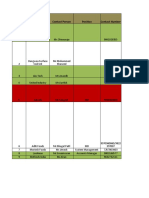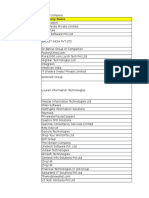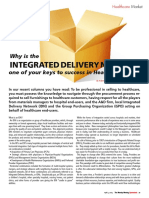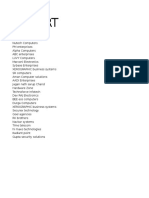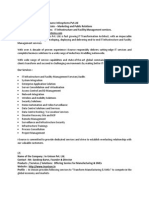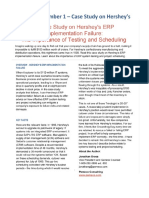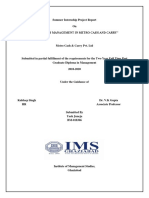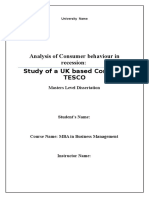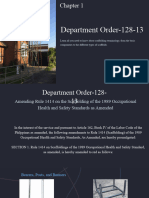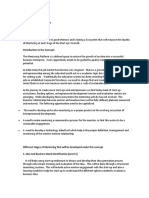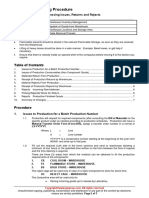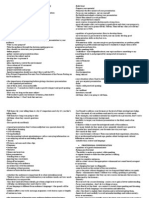0% found this document useful (0 votes)
238 views5 pagesPhases of Erp Implementation
The document outlines the typical phases of an ERP implementation project: initiation, planning, analysis and process design, realization, transition, and operation. It also discusses the importance of a quick return on investment from an ERP solution and conducting due diligence to ensure a good fit between the ERP system and the organization.
Uploaded by
Ali KhanCopyright
© © All Rights Reserved
We take content rights seriously. If you suspect this is your content, claim it here.
Available Formats
Download as DOCX, PDF, TXT or read online on Scribd
0% found this document useful (0 votes)
238 views5 pagesPhases of Erp Implementation
The document outlines the typical phases of an ERP implementation project: initiation, planning, analysis and process design, realization, transition, and operation. It also discusses the importance of a quick return on investment from an ERP solution and conducting due diligence to ensure a good fit between the ERP system and the organization.
Uploaded by
Ali KhanCopyright
© © All Rights Reserved
We take content rights seriously. If you suspect this is your content, claim it here.
Available Formats
Download as DOCX, PDF, TXT or read online on Scribd
/ 5





